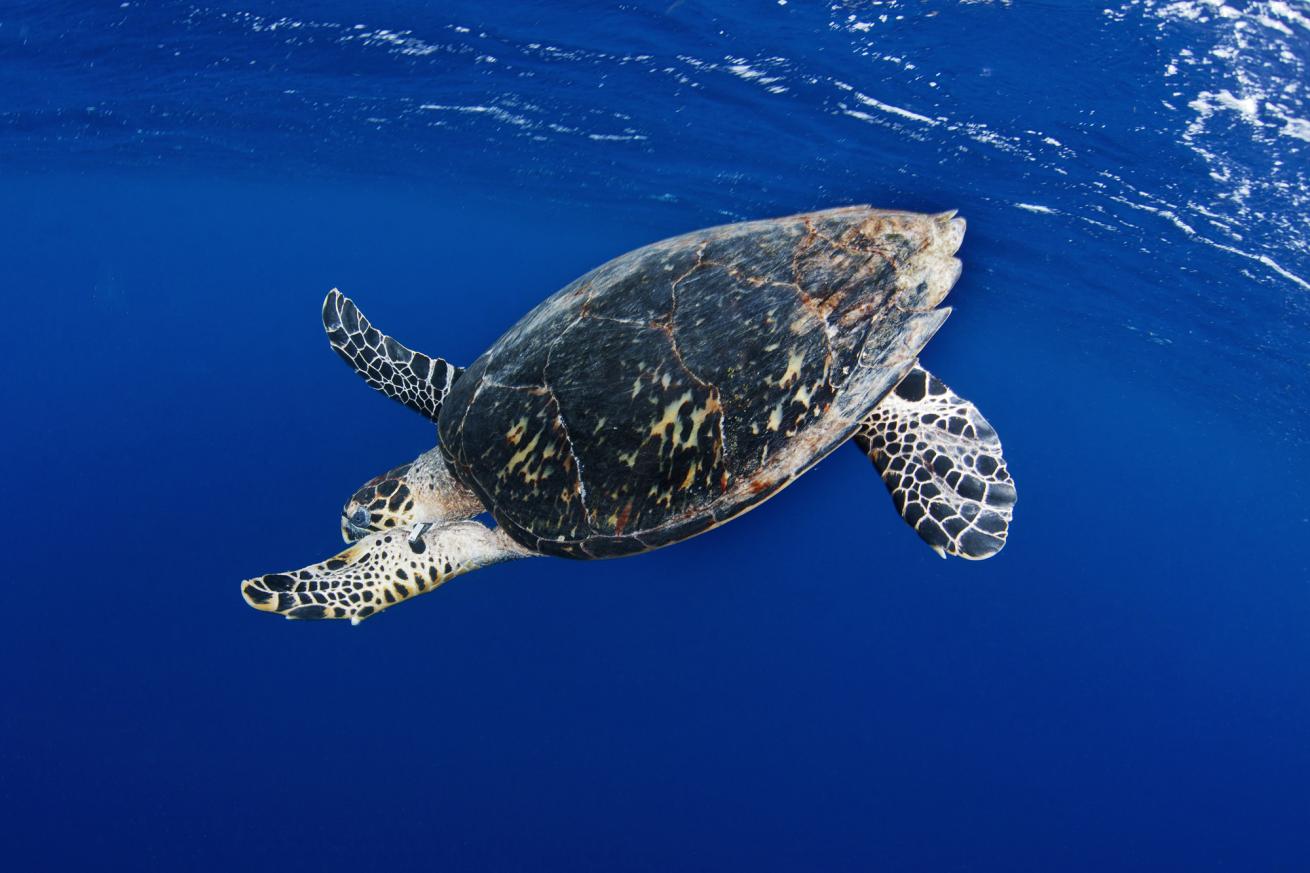Agony and Ecstasy on a Single Dive: Backscatter Digital Shootout Day 4

Digital Shootout Day Four
Katy Danca Galli
I am going to do something a little different and start off my trip update with what I learned today: FIRE CORAL IS BAD. VINEGAR IS GOOD. I was swimming along, taking photos, when BAM! I brushed up against some evil fire coral and it zapped my arm. This accident could have been easily avoided if I had taken my own advice and paid attention to my surroundings. I can already tell that multitasking underwater with a camera is not going to be one of my strong suits. The ouchie drama was soon forgotten though when Mark Rovner (who is officially one of the coolest cats around) spotted a pair of Caribbean Reef squid near the surface of the water. There are no words to describe how amazing it was to photograph these color-changing creatures. I finally got a good shot in, and they were off in a cloud of ink to do, well, whatever it is that squid do. Amazing experience number two happened as I was completing my safety stop at the site Randy’s Gazebo. I looked up and was greeted by a sea turtle lit beautifully at the surface. The turtle hung out for about ten minutes while I clicked my shutter like crazy, and then he dove down the water column with a graceful flip of the fins. Although strobe positioning with a 15mm fish eye lens can be some of the most difficult to do, I feel like I’m finally understanding what works best for different situations. Closer to the surface, ambient light is greater and you need to increase the power on your strobes while controlling your exposure with shutter speed. The deeper you are, the less strobe power you need. Compare this to what happens when you're in a dark room with a flashlight: the flashlight over-powers the darkness. Now take that same flashlight outside and its barely visible...you get the idea. Ok, well that’s it for now. Check back tomorrow for more tips and embarrassing stories.

Katy Danca Galli
I am going to do something a little different and start off my trip update with what I learned today: FIRE CORAL IS BAD. VINEGAR IS GOOD. I was swimming along, taking photos, when BAM! I brushed up against some evil fire coral and it zapped my arm. This accident could have been easily avoided if I had taken my own advice and paid attention to my surroundings. I can already tell that multitasking underwater with a camera is not going to be one of my strong suits. The ouchie drama was soon forgotten though when Mark Rovner (who is officially one of the coolest cats around) spotted a pair of Caribbean Reef squid near the surface of the water. There are no words to describe how amazing it was to photograph these color-changing creatures. I finally got a good shot in, and they were off in a cloud of ink to do, well, whatever it is that squid do. Amazing experience number two happened as I was completing my safety stop at the site Randy’s Gazebo. I looked up and was greeted by a sea turtle lit beautifully at the surface. The turtle hung out for about ten minutes while I clicked my shutter like crazy, and then he dove down the water column with a graceful flip of the fins. Although strobe positioning with a 15mm fish eye lens can be some of the most difficult to do, I feel like I’m finally understanding what works best for different situations. Closer to the surface, ambient light is greater and you need to increase the power on your strobes while controlling your exposure with shutter speed. The deeper you are, the less strobe power you need. Compare this to what happens when you're in a dark room with a flashlight: the flashlight over-powers the darkness. Now take that same flashlight outside and its barely visible...you get the idea. Ok, well that’s it for now. Check back tomorrow for more tips and embarrassing stories.










